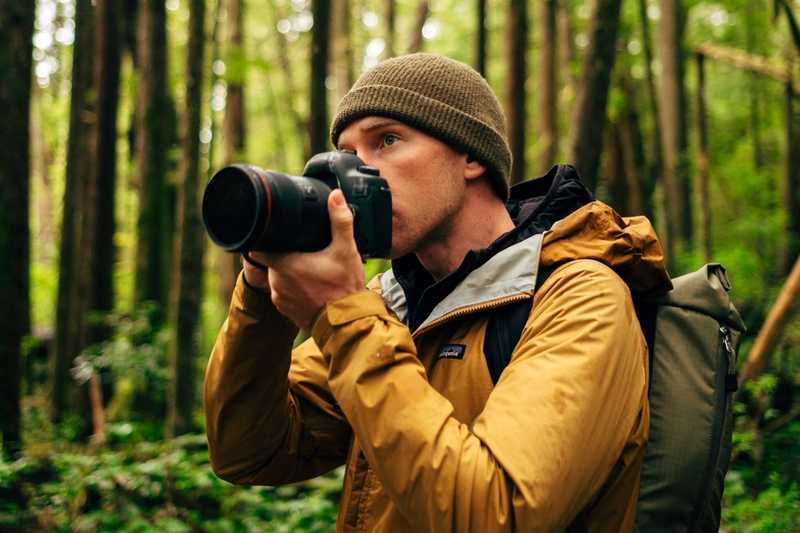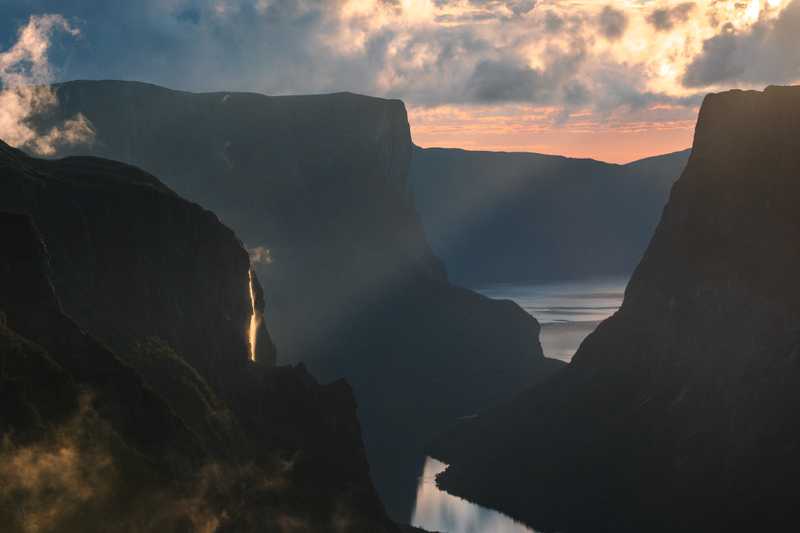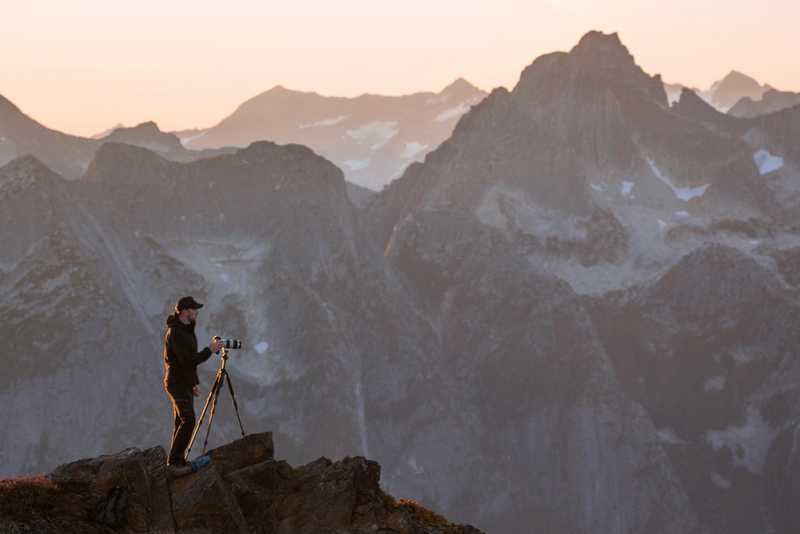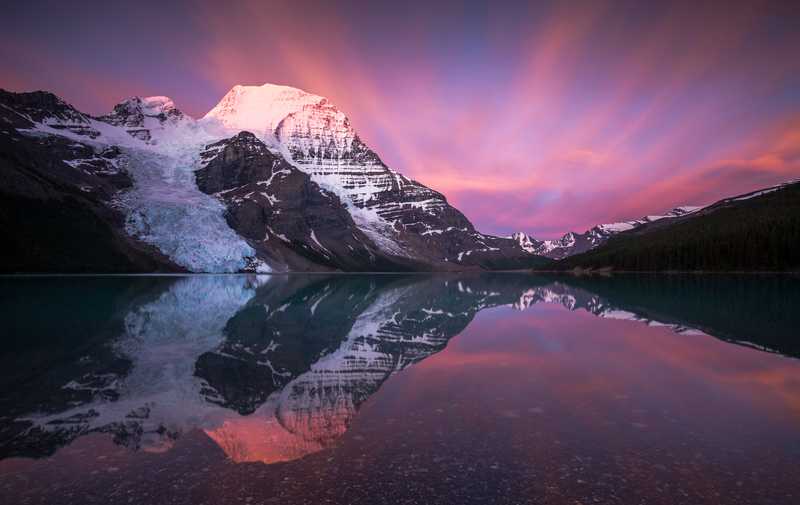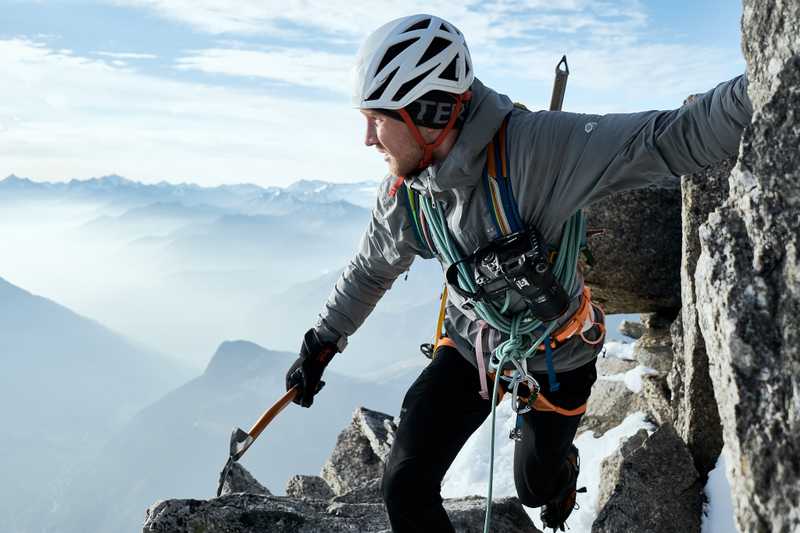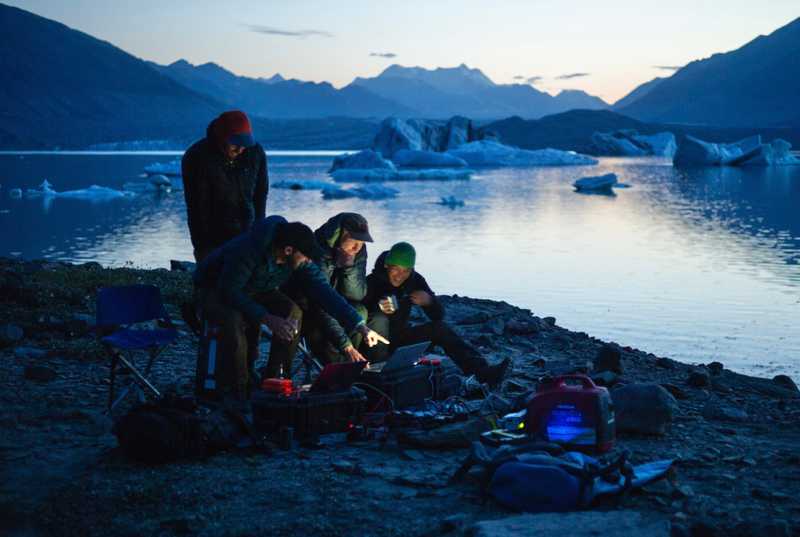When it comes to packing, everyone has their own ways of doing things that they have refined over the years. Some like to go ultra light while others don't mind the weight; I find myself somewhere in between. Before I got into photography my backpack was much lighter and I was a lot faster, now there’s a lot more thought involved when it comes to weight management and making sure that I have everything needed to stay charged up and ready to shoot at any given moment. I am going to go into detail about the products that I personally use, love and have tested over the years that make life easier when taking photos in the backcountry and off the grid. Keep in mind that what may work for me may not work for you, however I do hope that youre able to benefit from this and maybe learn a new tip or trick!
To start off, I shoot with a Canon 5D Mark IV. I have been using it for years and it’s done a great job in cold, wet and other harsh environments. If you're getting into photographing multi day trips then mirrorless cameras probably make the most sense these days due to their small size and light weight. My favorite lenses for hiking are the Canon 24mm-70mm f/2.8 and the 70mm-200mm f/2.8, they are a lot heavier than the f/4 versions but I don’t mind the extra weight and size, it helps to keep me in good shape, or at least that’s what I tell myself. I typically bring up to 3 or 4 lenses along with a carbon fiber tripod and ND filters to be able to get a diverse range of photos, once again it takes up a lot of space but it helps me get unique photos!
My biggest concern when I'm going out on a multi-day trip is camera battery life. To combat that issue I bring a minimum of 3 fully charged batteries, a dual USB battery charger along with a portable power bank. When the power bank is fully charged I am able to charge my iphone along with the batteries multiple times. I am also mindful when it comes to shooting and I make sure that I don’t waste power unnecessarily.
A couple tips for you regarding battery life:
- Keep your camera on at all times opposed to turning it off and on multiple times throughout the day, this actually eats away at your battery. When it’s inactive for an extended period of time it automatically goes into sleep mode and conserves battery life.
- If it’s really cold out keep your batteries warm in your jacket pockets or in another protected area with a hand warmer. Even taping a hand warmer to your phone can help keep it alive longer.
- Double check that your batteries are fully charged before you leave for your trip! Also make sure that you have packed multiple SD Cards as well.. I have learned the hard way in the past. I keep an array of cards together in this little case.
I like to keep all of my accessories organized and easily accessible. To do so, I use a field pouch by Peak Design. Inside it I store my polarizer, batteries, chargers, cords, and other small objects that I may need while in the field. This helps to keep everything together in one convenient place. I would highly suggest investing in one really good quality polarizer then buy step up rings so that you can use it on all your lenses opposed to buying multiple polarizers at different sizes.
When it comes to carrying a camera while hiking I used to always just keep mine in my backpack until I needed it, however I often found myself getting lazy and missing a lot of fleeting photo opportunities. I was given a Peak Design Capture Clip a few years ago and it changed everything! Instead of having my camera in my bag I now have it easily accessible on my backpack strap, ready to go whenever the moments present themselves without having to annoyingly take off my pack every time.
When it comes to keeping my camera lenses safe in my backpack I usually just wrap them in a jacket or long sleeve shirt that I am packing and keep it at the top of my bag. Alternatively you can use these neoprene protective lens cases if you want to be on the safe side. I tend to keep a 24mm-70mm lens on when I'm hiking so that I don’t have to change lenses often; it’s a versatile workhorse.
If I’m on a single day outdoor shoot, I have access to a generator or I am not going to be on my feet at all times then I pack all of my camera gear in a waterproof and travel friendly Pelican case. I also keep my laptop in there and utilize the top of the case as a workspace to back images up. I backup my photos to two different external hard drives, one of them always being this rugged SanDisk 1TB Extreme Portable SSD, which is water, dust and shock resistant. I tend to keep it in my pocket since it’s so small, this also helps for redundancy not keeping the two drives together. It would be a shame to lose all of your hard earned images, always keep them in separate places!
I could go on and on about gear but I wanted to keep this directed to shooting in the backcountry and off the grid. If you have any questions or alternative suggestions please let me know in the comments, I'd love to hear them!
If you'd like to see more of my work you can follow along on Instagram or check out my website. If you're looking for a unique experience to work on your photography skills I have two photography workshops that will be taking place in the British Columbia wilderness in Summer 2021, you can learn more about those here. Thanks for your interest and time!
You’ll see that I have added links to each product, if you do find yourself in the market to purchase I would really appreciate it if you did so directly via the link, a small percentage from that sale that will help fund the packup app and it’s at no extra cost to you! Think of it as a thank you or a tip for putting this blog post together.
